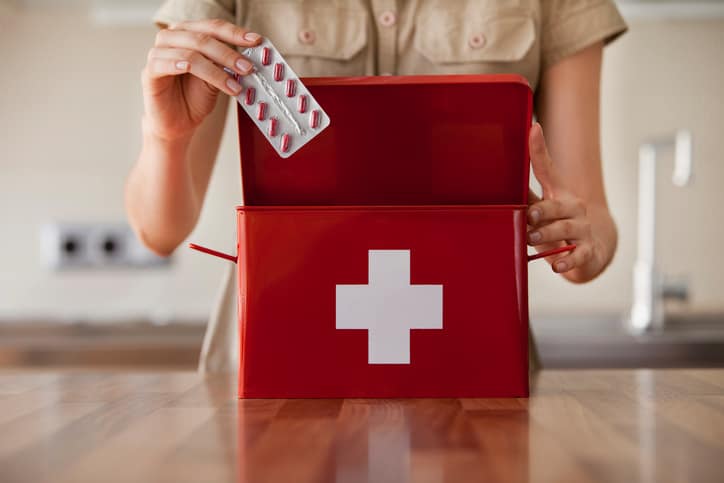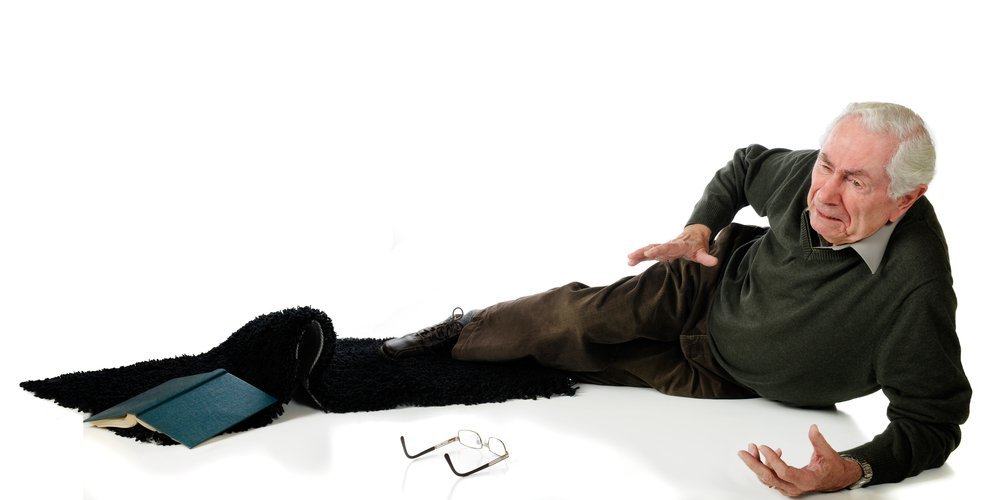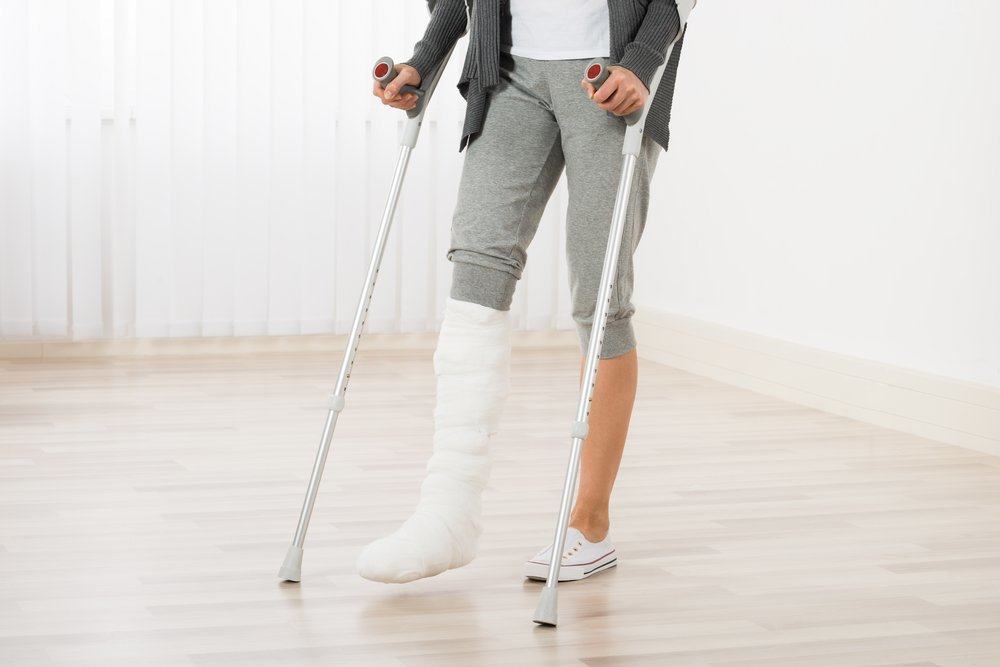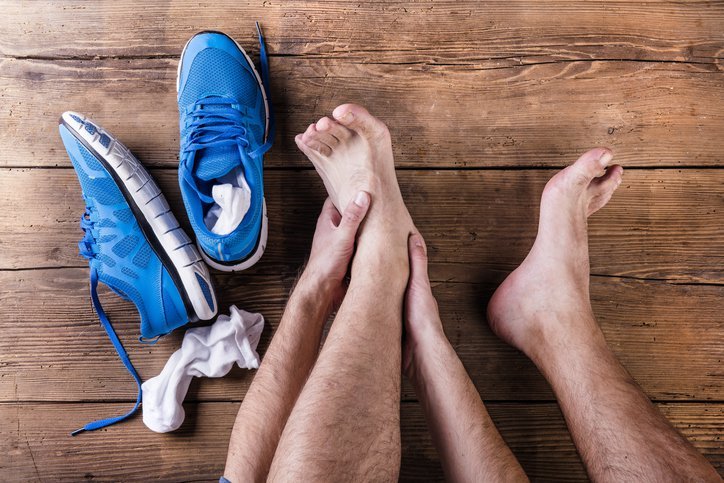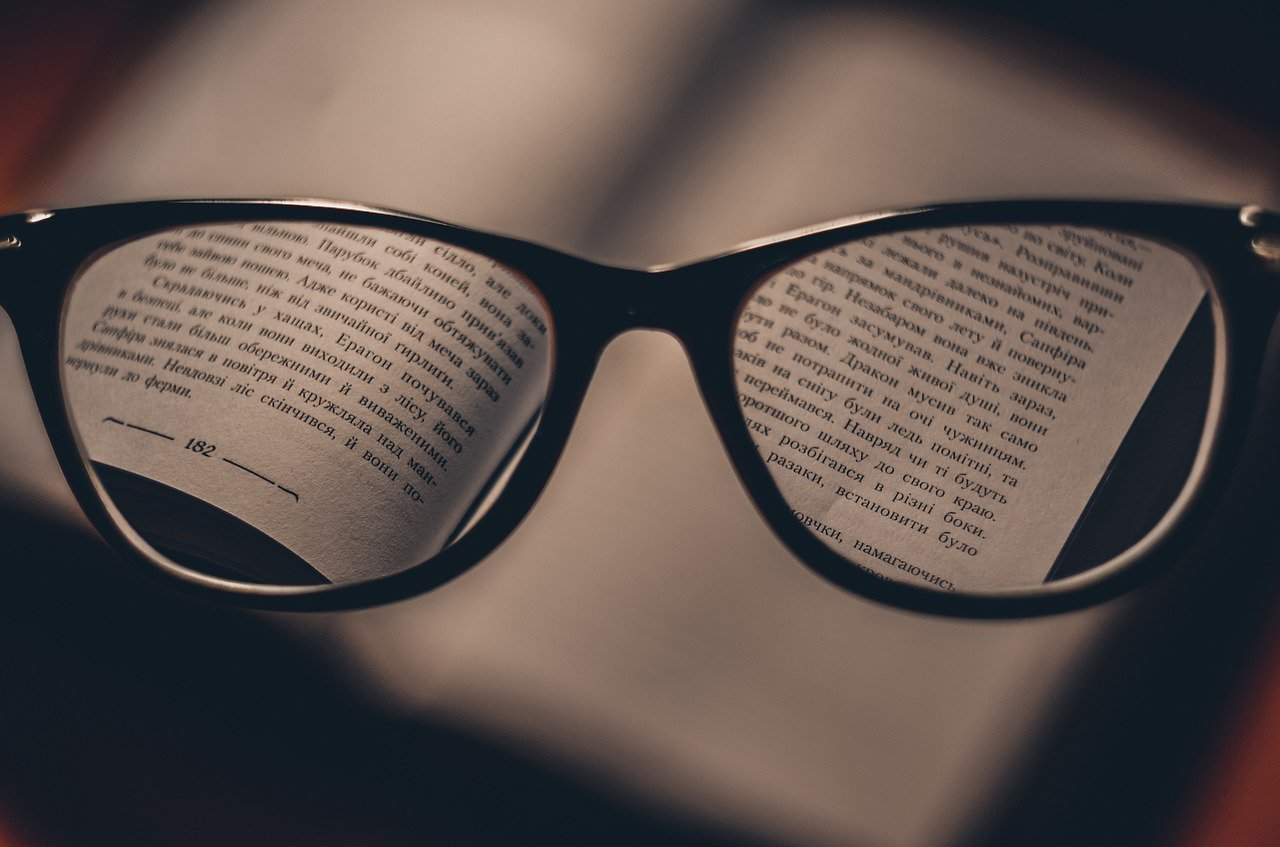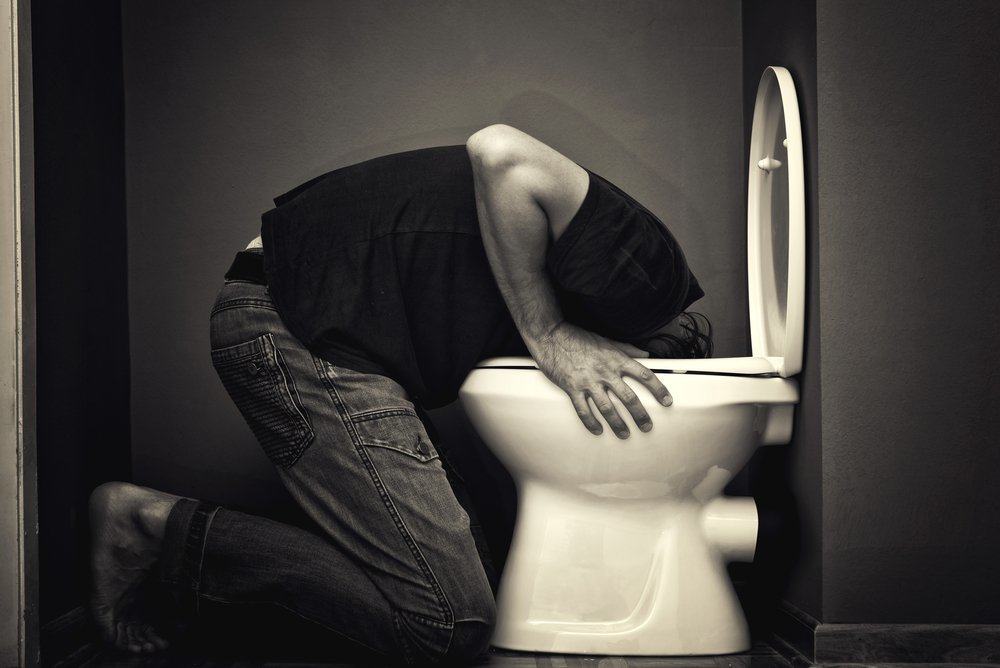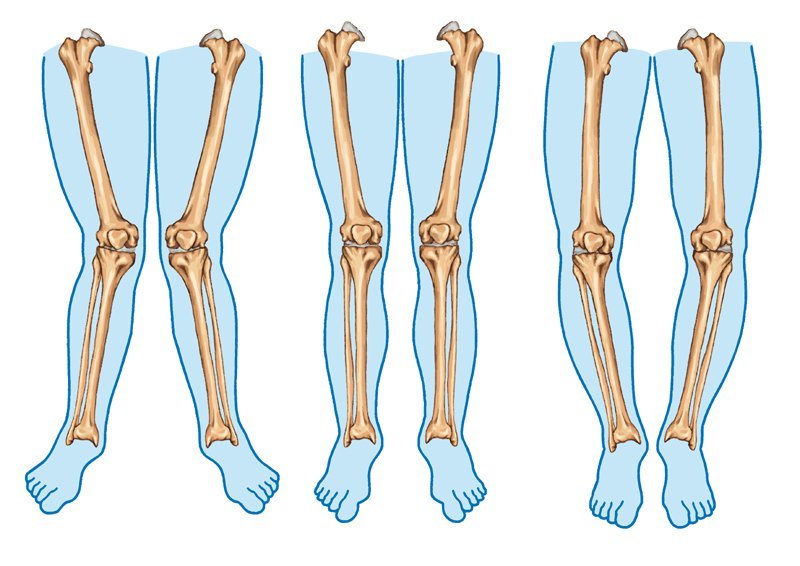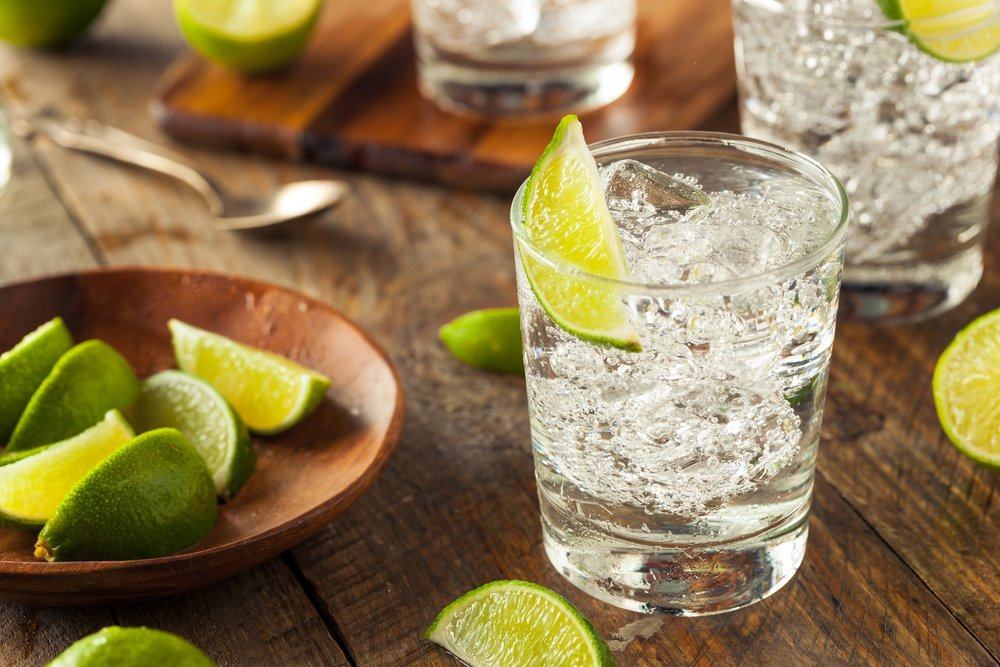Contents:
- Medical Video: 10 Things You Must Have in a First Aid Box - Parenting Tips
- Prepare a first aid kit
- Various first aid kits and how to use them
- The medicines that need to be in the first aid kit
Medical Video: 10 Things You Must Have in a First Aid Box - Parenting Tips
First aid kit (First Aid in Accidents) is the most necessary thing when there is an accident both mild and severe. P3K itself means relief and temporary care for accident victims before getting help. In an emergency situation, you are required to act quickly, so it is important for you to get to know the first aid kit and know what to use to deal with different injuries.
All workplaces, recreation centers, homes, and cars must have first aid kits. They are usually found in a green or red box, or in a bag marked with a red cross, and of course the box must be placed in a place that is easy to find.
Prepare a first aid kit
A complete first aid box must be owned in several places. To prepare yourself in an emergency, do the following:
- Put first aid kits at home and in your car
- Bring a first aid kit wherever you go or know the location of the first aid kit around you
- Find out the location of the first aid box where you work
First aid boxes are available in various shapes and sizes. You can get it at the nearest PMI office, at a local drug store, or by making it yourself. Some first aid kits or bags are designed for certain activities such as hiking, camping, boating, and others.
Various first aid kits and how to use them
The Red Cross recommends that all first aid kits that must be owned in the first aid box are:
- 2 sterile 16 × 16 cm compresses gauze: used to compress body parts that are bruised or require compresses.
- 25 pieces of plaster for various sizes: used to cover small wounds and scratches.
- 1 micropore adhesive 3 cm wide: used to glue sterile gauze.
- 5 packs of alcohol swap pad or antiseptic cloth: used to clean equipment made of metal, such as scissors, tweezers, nail clippers, and others.
- 1 bottle of antiseptic: used to prevent and fight bacteria in wounds.
- 1 bottle of rivanol: used to clean the wound area.
- 1 emergency blanket or ordinary blanket: to keep someone warm and protect from cold air.
- 1 instant cold compress: used for people with fever.
- 2 pairs of large non-latex gloves: used to protect themselves from bacteria before handling injuries to the victim.
- Scissors: used to cut bandages or adhesives, and can also be used to cut someone's clothes to facilitate wound handling.
- Portable oxygen cylinders: used for sufferers of shortness of breath, it should be used no more than two sprays in a single use, and pay attention to how to use the tubes.
- Nail scissors: used to cut nails or skin that is torn or that can worsen the injury.
- Elastic bandage: used to hold injury to the ankle.
- 1 5 cm bandage or bandage roller: used to sterile sterile gauze on small internal wounds, so that it can stop bleeding.
- 1 10 cm bandage or bandage roller: used to sterile sterile gauze in large and deep wounds, so that it can stop bleeding.
- 5 sterile gauze sizes 7.5 x 7.5 cm: used to cover small and deep wounds, which cannot be treated with wound plaster.
- 5 sterile gauze size 16 × 16 cm: used to cover larger wounds.
- Non-mercury oral thermometer: used to measure the patient's body temperature.
- 6 mitella: You can use it to become a bandage or sling, and also as a cover for large wounds and burns if sterile.
- Safety pins: used to glue elastic pads.
- Tweezers: to take small foreign objects on the body, such as thorns, wood chips, etc.
- Flashlight: used to detect the presence of a dark handover injury, such as the nostrils, ear hole, and throat
The medicines that need to be in the first aid kit
The various complementary medicines that you should add to your first aid kit are as follows:
- Drug painkiller
- Remedy for heartburn or stomach ache
- Aspirin 81 mg
- Allergy medicine
- Liquid ammoniac
- Eye drops
- Balm or liniment
If you already have a first aid kit, make sure there are all the equipment you might need such as personal items (medicines, emergency telephone numbers, or other items that must be owned), check the box regularly, make sure the flashlight is working, check the expiration date of all drugs and replace them with new ones. You can also prepare a set of splints if you are worried about a broken bone.
READ ALSO:
- First Aid to Overcome Open Bone Brokenness
- First Aid On Burns
- What To Do When Facing Tsunamis

